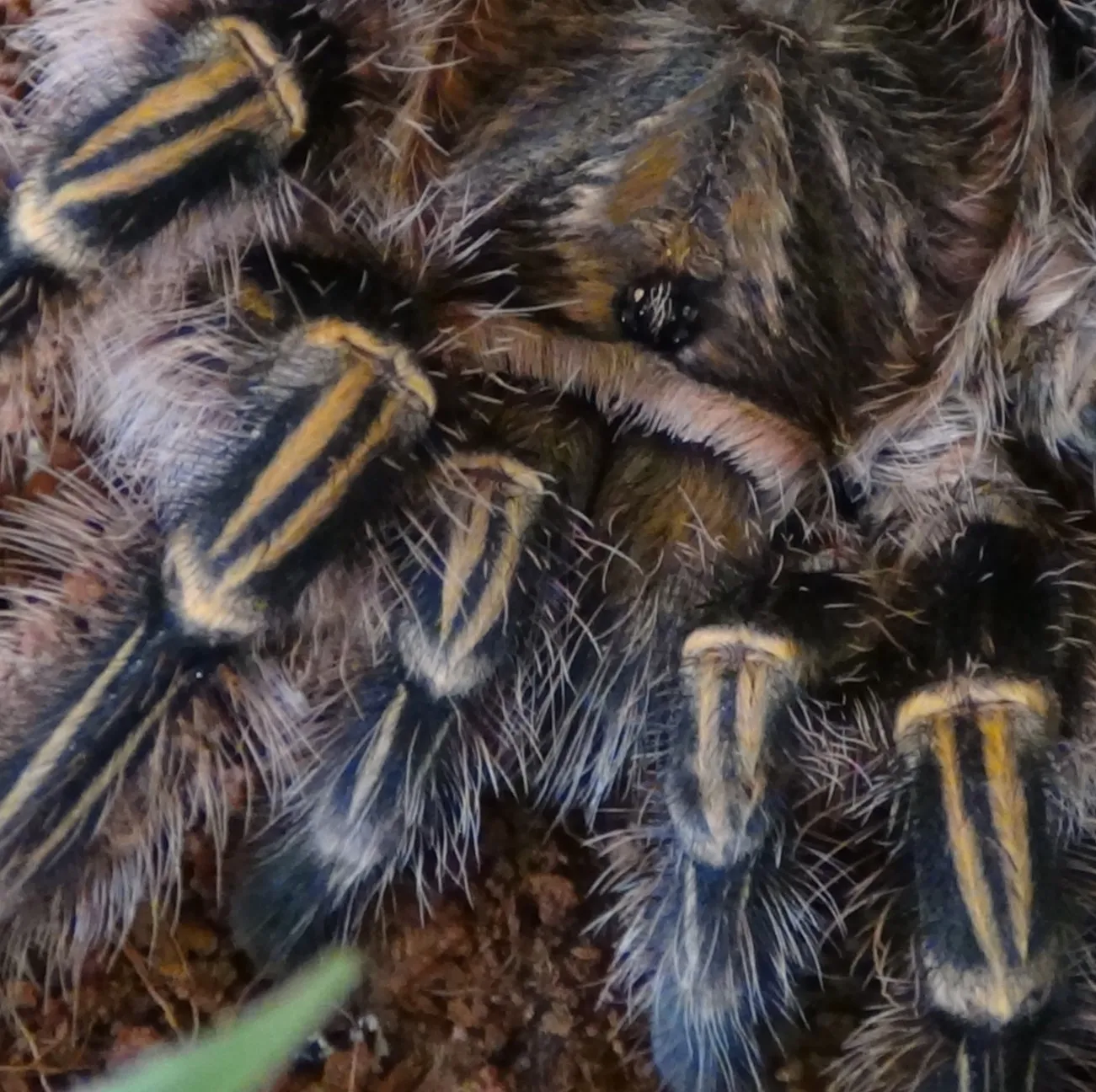Chaco Tarantula Feeding Top 5 Tips
The Chaco Golden Knee Tarantula (Grammostola pulchripes) is a popular pet due to its docile nature and striking appearance. Ensuring your Chaco Tarantula thrives involves providing proper care, and a crucial aspect of this is feeding. This guide provides the top 5 tips for feeding your Chaco Tarantula, ensuring it remains healthy and happy. Proper feeding not only keeps your tarantula alive but also encourages healthy growth and behavior. Understanding your tarantula’s needs is the key to providing it with a long and fulfilling life.
Tip 1 Choose the Right Food
A well-balanced diet is essential for your Chaco Tarantula. The type of food you offer directly impacts its health and growth. Avoid feeding your tarantula anything that could be harmful, such as insects caught from outside, as they may carry pesticides or parasites. The quality of food matters, and providing a variety will keep your tarantula interested and ensure it receives all the necessary nutrients. The best approach is to select your tarantula’s food with care, and you’ll have a healthy and happy pet.
What Do Chaco Tarantulas Eat
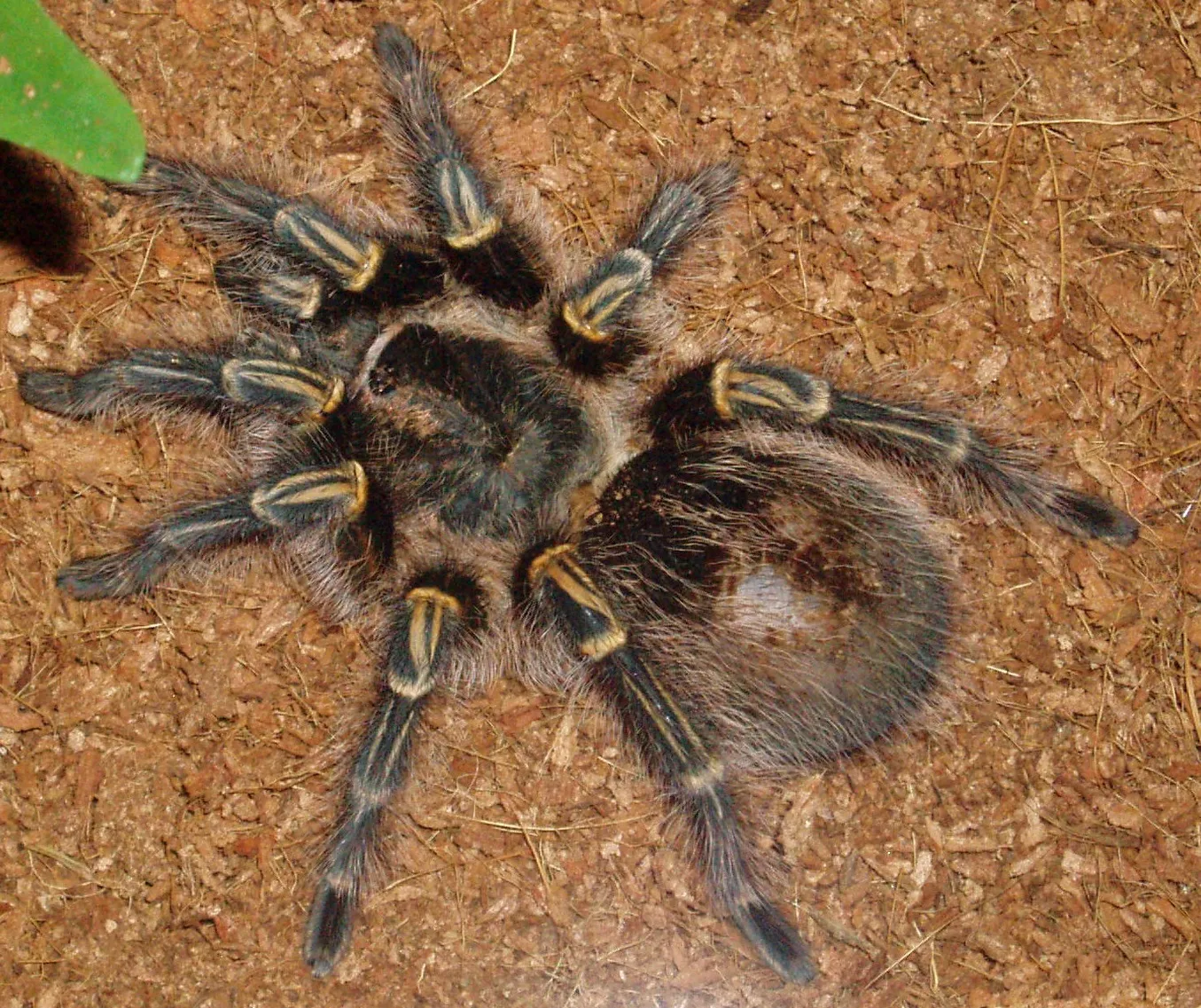
Chaco Tarantulas are primarily insectivores, meaning their diet consists mainly of insects. The bulk of their diet in the wild is often made up of whatever insects are available in their native habitat. In a captive environment, it is crucial to provide a varied selection of insects to ensure your tarantula receives all the necessary nutrients. The diet you offer should mimic what they would eat in the wild to promote natural behaviors and ensure optimal health.
Live Prey Options
Live prey is the most natural food source for Chaco Tarantulas. Crickets are a staple food, readily available, and easy to care for. Dubia roaches are another excellent option, being highly nutritious and less likely to burrow than crickets. Mealworms and superworms can also be offered, but they are higher in fat, so use them sparingly. Always make sure the insects are gut-loaded with nutritious food before offering them to your tarantula to maximize their nutritional value. Providing live prey also stimulates natural hunting behaviors, enriching your tarantula’s life.
Pre-Killed Prey Advantages
Pre-killed prey is a safer option, especially for novice tarantula keepers. It eliminates the risk of the insect injuring your tarantula during the hunt. For example, a cricket could potentially bite your tarantula. Pre-killed prey is also convenient because it can be stored for longer periods. When feeding pre-killed prey, ensure it is fresh and has been properly stored. You can thaw the prey to room temperature before offering it to the tarantula. This method is particularly useful for tarantulas that are less active or have just molted, as it reduces the stress on them.
Tip 2 Establish a Feeding Schedule
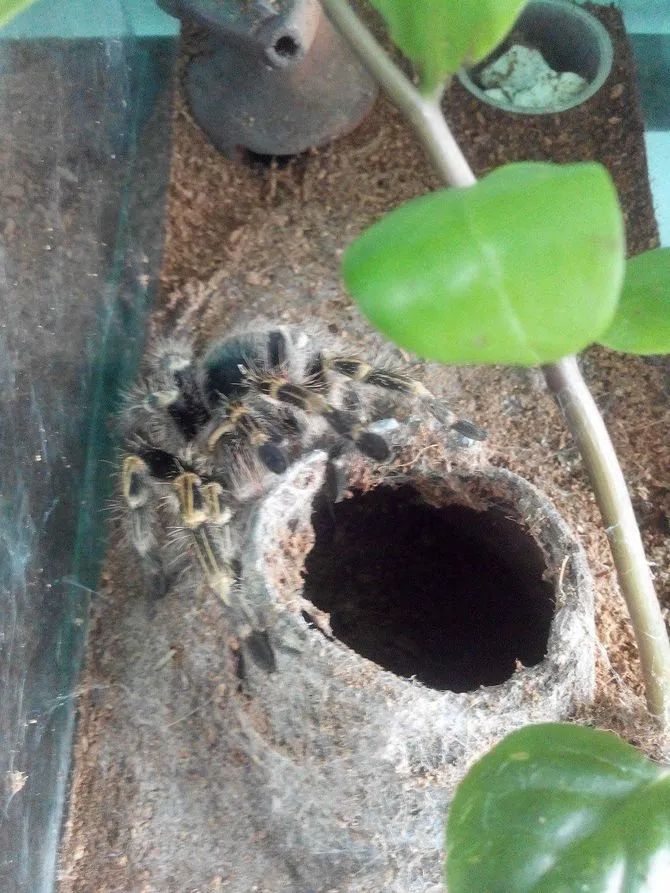
Establishing a consistent feeding schedule is crucial for your Chaco Tarantula’s well-being. This helps you monitor your tarantula’s appetite and ensures it receives adequate nutrition. The frequency of feeding depends largely on the tarantula’s age and growth stage. Always adjust the feeding frequency based on your tarantula’s appetite and body condition, and keep in mind that overfeeding can be as harmful as underfeeding. By following a schedule, you can effectively manage your tarantula’s health and make sure it’s always in top condition. A good schedule will also help you catch any health issues early on.
Feeding Frequency for Spiderlings
Spiderlings, or young Chaco Tarantulas, require more frequent feeding because they are actively growing. Feeding spiderlings every 3-4 days is generally appropriate. Offer appropriately sized prey, such as small crickets or mealworms, to match their size. Always monitor the spiderling after feeding to make sure it has eaten the prey. If the prey remains uneaten for more than 24 hours, remove it. Young tarantulas have a higher metabolism, so they need more frequent meals to support their rapid growth. Make sure the prey is appropriately sized, so the spiderling can eat without issue. Consistent feeding during this stage helps them to develop properly.
Feeding Frequency for Adults
Adult Chaco Tarantulas can be fed less frequently than spiderlings, typically once every 1-2 weeks. Adjust the frequency based on the tarantula’s body condition and appetite. Offer larger prey items, like adult crickets or small roaches, to satisfy their dietary needs. Make sure the food is of high quality. The tarantula’s abdomen should be appropriately sized, not too thin or overly plump. Adult tarantulas have a slower metabolism, so they do not need as much food as younger ones. This feeding schedule allows you to maintain a healthy weight for your adult tarantula. Always remove any uneaten food after a day or so to maintain hygiene in the enclosure.
Tip 3 Proper Prey Size is Important
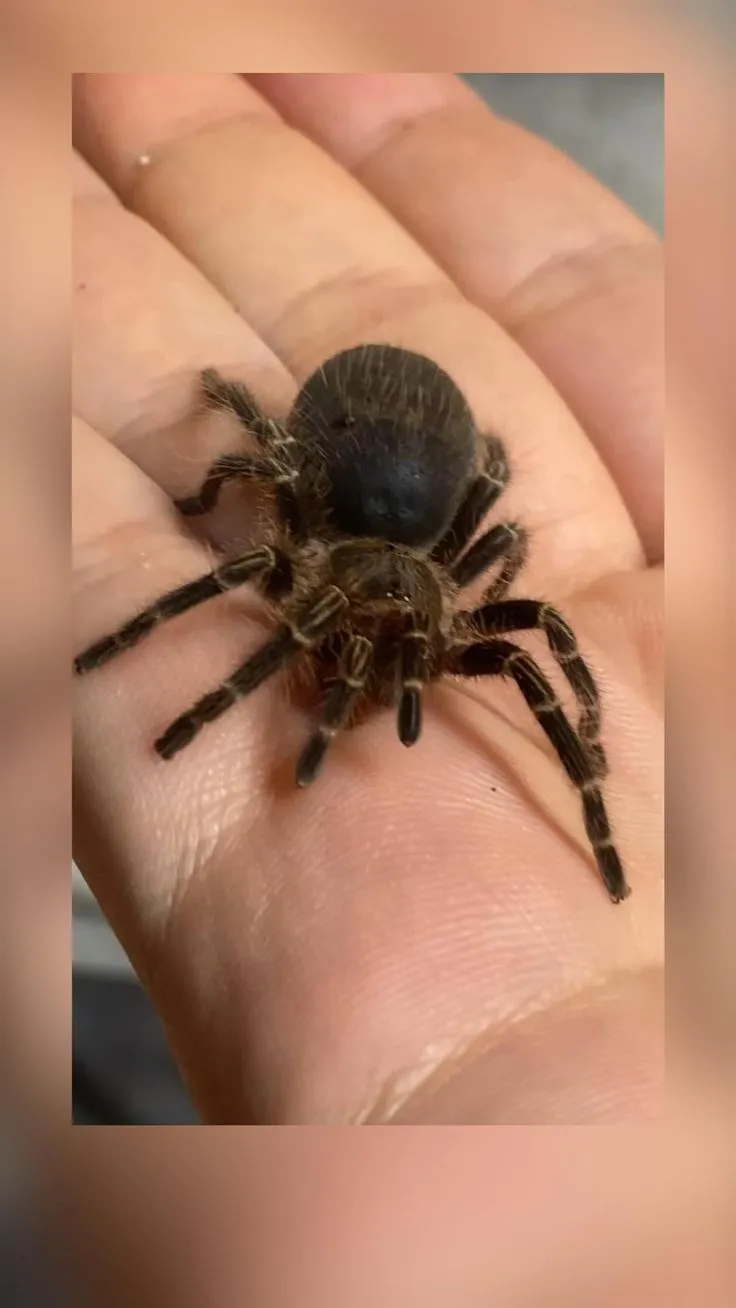
Offering the correct prey size is crucial for your Chaco Tarantula’s well-being. Providing food that is either too large or too small can lead to problems. Too large prey might overwhelm your tarantula and cause injury, while prey that is too small won’t provide adequate nutrition. Monitoring the size of the prey in relation to the size of your tarantula is crucial for its safety and ensuring proper nutrition. Be observant of your tarantula’s response to the prey size. If your tarantula avoids the prey, it might be too large.
Size Considerations for Spiderlings
For spiderlings, the prey should be approximately the same size as the tarantula’s body, excluding the legs. This makes it easier for them to capture and consume the prey. Crickets, mealworms, or fruit flies are suitable choices. The prey size should be manageable for the spiderling to avoid any potential hazards. Offering food that matches the tarantula’s body size ensures they can eat it without any difficulty and receive sufficient nutrients. Remember to adjust the prey size as the spiderling grows. Regular observation of the spiderling is important to maintain the correct prey size.
Size Considerations for Adults
Adult Chaco Tarantulas can handle larger prey items. The prey should be no larger than half the size of the tarantula’s body. Adult crickets, small roaches, and occasionally small vertebrates like pinky mice can be offered. Always monitor the tarantula’s ability to handle the prey without any difficulty. Offering appropriately sized prey ensures that the adult tarantula receives sufficient nutrition without posing any risks to its health. Monitor the tarantula for any signs of feeding difficulty, such as struggling to subdue the prey.
Tip 4 Ensure a Safe Feeding Environment
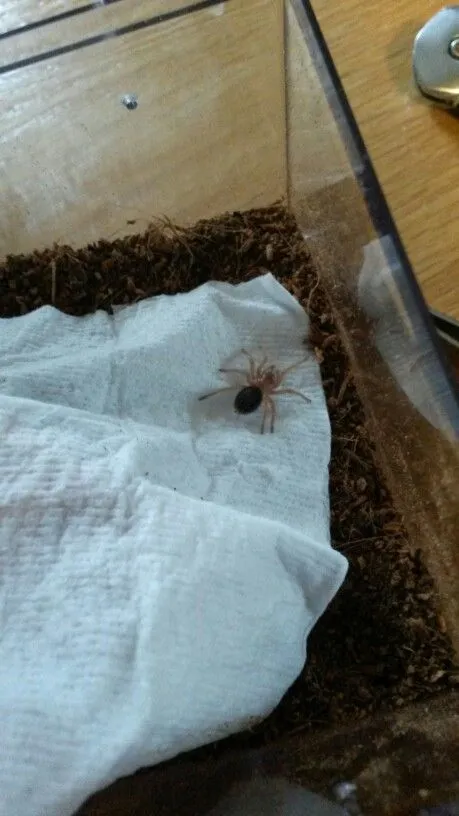
Creating a safe and suitable environment for feeding is essential for your Chaco Tarantula. This involves maintaining a clean enclosure and ensuring that the feeding process is free of potential hazards. This also means monitoring the tarantula during and after feeding to ensure everything is going smoothly. This approach minimizes stress and allows your tarantula to feed comfortably. Preparing the environment helps prevent injury and promotes a healthy lifestyle. A well-prepared feeding environment ensures the health and well-being of your tarantula.
Remove Uneaten Food
Remove any uneaten prey within 24 hours of feeding. Leaving uneaten food in the enclosure can lead to several issues, including the build-up of waste and potential stress on the tarantula. Decaying prey can also attract mites and other pests, which can harm your tarantula. Regularly removing uneaten food helps maintain a clean and healthy environment, reducing the risk of disease. Regularly inspect the enclosure and quickly remove any remnants to preserve hygiene. Make a habit of inspecting the enclosure daily after feeding, and cleaning it regularly. Regular cleaning is essential for maintaining a healthy habitat.
Provide Fresh Water
Always provide fresh, clean water in a shallow dish. Tarantulas need water for hydration and to help them with molting. The water dish should be accessible but not so deep that the tarantula can drown. Refill the water dish regularly, at least every other day, and clean it to prevent the growth of bacteria and algae. Fresh water is essential for the health of your tarantula. Adequate hydration supports their overall health and helps them to regulate their bodily functions. A clean water supply prevents illness. Regular maintenance keeps your tarantula happy and healthy, contributing to its well-being.
Tip 5 Observe Your Tarantula

Observing your Chaco Tarantula is an essential part of responsible pet ownership. Pay attention to its feeding habits and overall behavior to detect any potential health issues. This allows you to respond promptly to any problems that may arise, ensuring your tarantula’s well-being. You will learn to distinguish between normal behaviors and those that may require a closer look or even veterinary attention. Regular observation gives you valuable insights into your tarantula’s health, allowing you to provide better care. By watching your pet closely, you can detect any changes that might require medical attention.
Signs of a Healthy Appetite
A healthy Chaco Tarantula will typically have a good appetite and readily consume its prey. The tarantula should approach the prey actively and grasp it with its fangs. They may also start to consume the prey relatively quickly. A healthy appetite indicates that the tarantula is receiving adequate nutrition. Observing its feeding behavior allows you to assess its overall health. A good appetite is typically a positive sign. If your tarantula consistently eats its meals, it is likely thriving. You can monitor its eating habits and adjust the feeding schedule accordingly.
Signs of Overfeeding or Refusal
Changes in your tarantula’s appetite can indicate a problem. If your Chaco Tarantula refuses to eat for extended periods, it may be experiencing issues. Check the enclosure conditions, humidity, and temperature to ensure they are optimal. Overfeeding can lead to obesity, which can negatively affect its health. If the tarantula appears bloated or has difficulty moving, it might be overfed. If your tarantula avoids eating for an extended period, consult with a veterinarian or an experienced tarantula keeper. A refusal to eat and changes in appearance can be caused by many different factors. It is crucial to monitor the tarantula for signs of poor health.
Conclusion
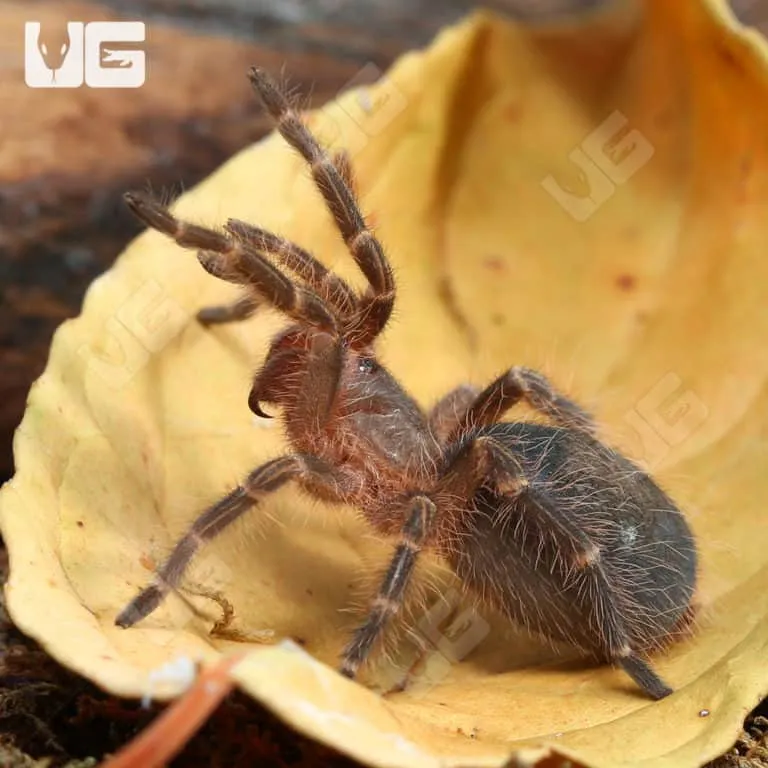
Feeding your Chaco Tarantula is a straightforward process that requires understanding and care. By following these top 5 tips, you can create a feeding plan that promotes your tarantula’s health and well-being. Remember to choose the right food, establish a suitable feeding schedule, provide appropriately sized prey, maintain a safe environment, and observe your tarantula. Proper feeding is essential for their well-being. This will contribute to the longevity and happiness of your pet. By being attentive to their needs, you can enjoy the company of your Chaco Tarantula for many years to come.
